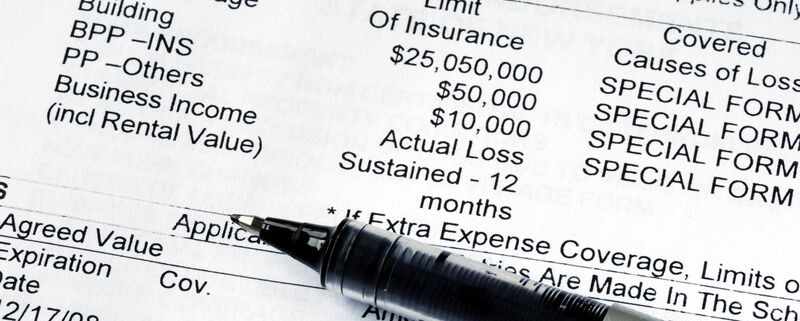Commercial property owners in Florida are no strangers to the unique challenges posed by the state’s unpredictable weather patterns and natural disasters. To safeguard their investments, property owners often rely on insurance coverage. However, what many may not realize is that insurance premiums for commercial properties in Florida can be significantly influenced by another factor – interest rates. In this article, we will explore how interest rates affect insurance premiums for commercial properties in the Sunshine State.
The Link between Interest Rates and Insurance Premiums
Interest rates play a crucial role in shaping insurance premiums. These rates, set by central banks, impact the overall financial climate. When interest rates rise, insurance companies will incur higher costs for re-insurance and investment returns and maintaining reserves. Consequently, they may adjust their premium rates to compensate for these increased expenses.
In Florida, where hurricanes, floods, and other natural disasters (World Wide) are a constant threat, insurance premiums can already be substantial. When interest rates rise, insurance companies may increase premiums further to mitigate financial risks, as they may need to pay out larger claims due to more frequent and severe weather events.
Mitigating the Impact
While property owners may not have control over interest rate fluctuations, they can take steps to mitigate the impact of rising interest rates on insurance premiums:
- Risk Mitigation: Implementing risk management strategies such as building upgrades, hurricane-resistant materials, and flood mitigation measures can help reduce insurance costs.
- Insurance Shopping: Periodically reviewing insurance policies and shopping around for competitive rates can help property owners find the best deals, even in a changing interest rate environment.
Conclusion
Interest rates are a hidden variable that can significantly influence insurance premiums for commercial properties in Florida. As property owners brace themselves for the unpredictable weather patterns of the region, they should also keep an eye on interest rate trends and consider strategies to manage the impact on their insurance costs. By staying informed and taking proactive measures, property owners can better protect their investments and ensure their businesses thrive, come rain or shine.


